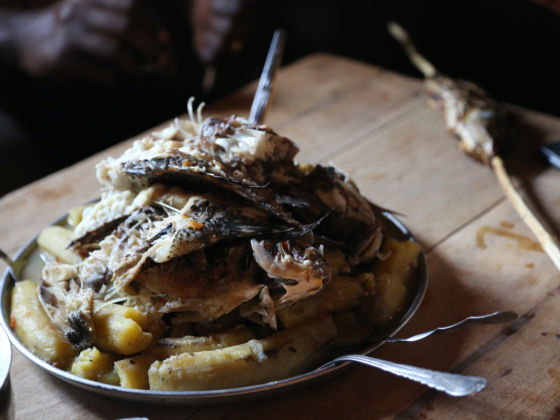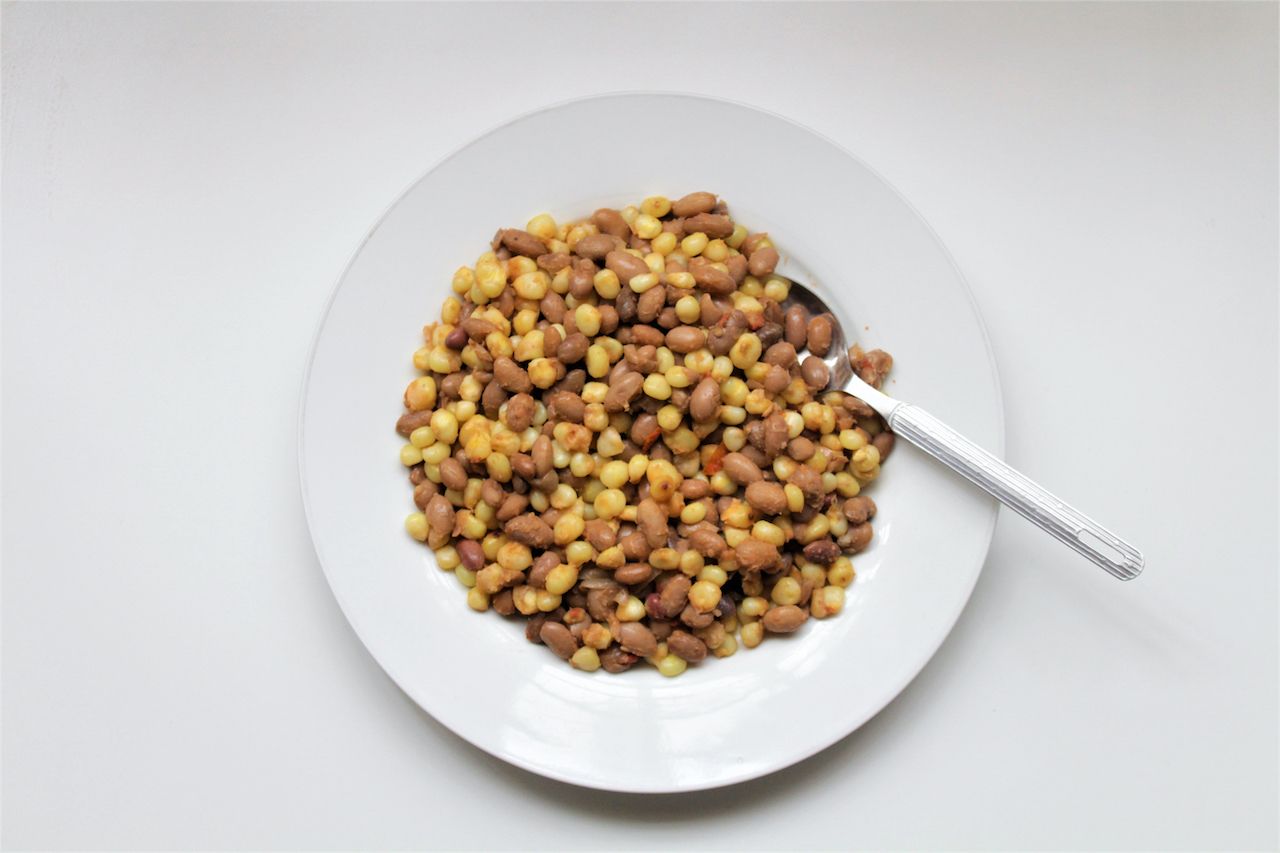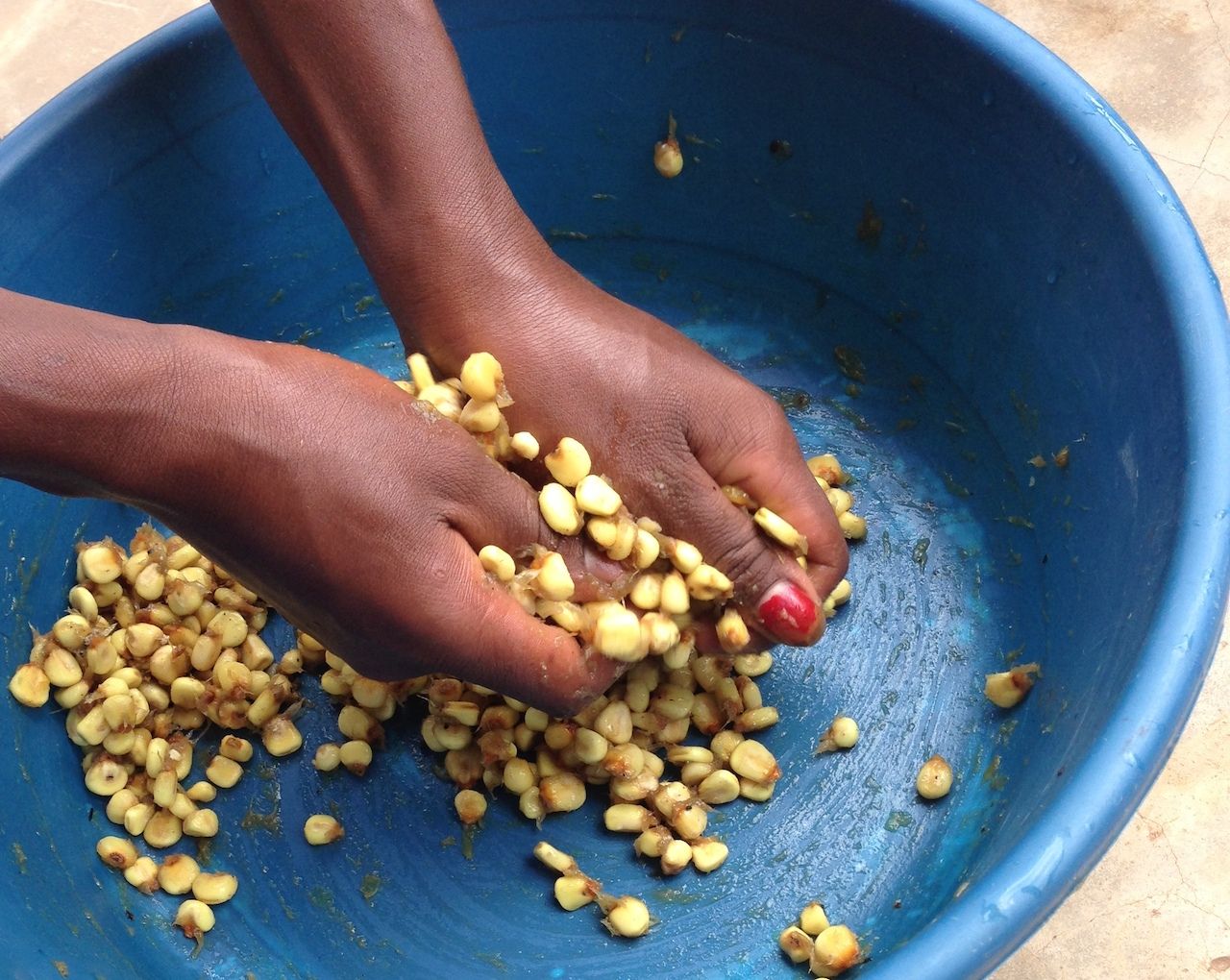Tanzania has over 100 tribes residing peacefully across the country’s splendid highlands, coastlines, and vast plains. Two of those tribes, the Chagga and the Iraqw, are known for hearty, filling stews that highlight two of Tanzania’s most abundant crops — bananas and maize.
The Chagga hail from the foothills of Mount Kilimanjaro and are often associated with growing, selling, and cooking bananas. Tanzania has an array of banana varieties; from red and green bananas to the finger-sized “sukari” (sugar) bananas, which grow in small bunches. There are even enormous bananas nicknamed “the Tusk of the Elephant.” Bananas are a staple ingredient all over Tanzania, but especially for the Chagga tribe. Not only do they eat them plain, but bananas are also brewed into beer and used as the base for hearty stews. One of the most beloved of these stews is ndizi nyama. In Swahili, the name of the dish means bananas (or plantains) with meat.



